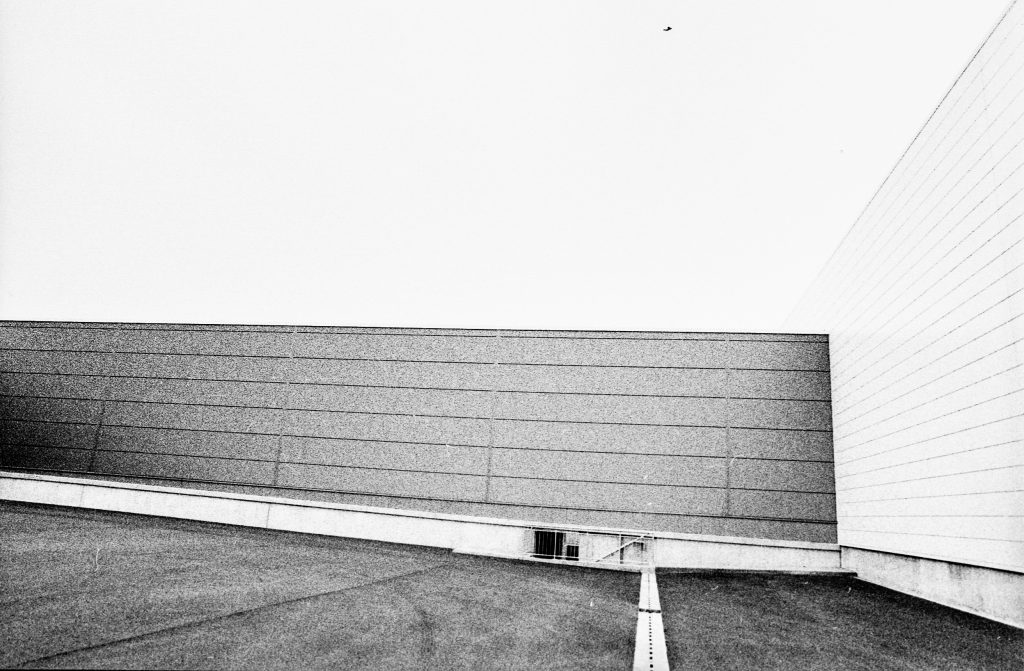
“I love Banality”
—JH Engström
RJ: You once said, “There is no decisive moment. You have to create it.” But I also think that in your photos of “The Americans”, I could also see a lot of important moments. I don’t call it “decisive moment”. I would rather call it “off moment”, because they are more like the moments before or after the so-called decisive moment by Cartier-Bresson. I think Cartier-Bresson’s moment is more about the geometrical precision of a moment while yours is more about capturing a stance, or an alienated and empty expression on the faces of the people you take photos of. So how do you define the moments in your photos?
RF: I simply think I have better moments than Cartier-Bresson or anybody else. You put together your photographs in a book. They may be 8 or 10 photos or more. So it makes an impression on you to look at this book full of pictures. You don’t think so much about the moments. You think of what this photographer feels about what he sees. It’s less an aesthetic look of something that is well-composed and well-lit. It doesn’t go about that. I think in a way Walker’s photographs always have that built in. It’s a perfect look of having taken it at the right time, straight on and sharp. For me, I worked much quicker and less reflected on what is a possible perfection of a photograph.
— from: An Interview with Robert Frank – “If An Artist Doesn’t Take Risks, Then It’s Not Worth It.” (2007)|, ASX
Bresson and Surrealism: Although the image suggests this, the bicyclist did not run down the stairs that lead our eye to him: So the image suggests something “that is not there” or “has not happened this way”. Which in turn questions, what then, is there? If not this way, how did it happen?
Juxtaposition; and against this concept of juxtaposition: the concept of framing, of constructing a coherent narrative out of disparate pieces; the oceanic feeling of photography: That somehow we are all connected, the photographer with what he photographs, the viewer with the photographer by the piece of paper he holds in his hands and the things in the universe, because their convergence in the decisive moment somehow proves a pre-ordained harmony; the infinite clockwork that sounds a bell, when the two hands of the clock align are proof of the watchmaker. Bresson is already the end of Enlightenment, from here on we start looking for cracks in this narrative.
Snapshot mentality; (Jeff Wall and his intentional “removal of artistry”)
art as an act, not as a product
and Fukase, who tried to remove himself as the author from his pictures. And who, in the early seventies, decided to burn all his negatives: If he cannot remove the author, the least he can do is to remove the pictures. But he did not stop there and took up heavy drinking in the vain attempt to remove himself from himself. And again failed, as all he achieved to remove was his memory…
Banality is a surprisingly complex concept.
Banality as the result of a subtraction that in the end reveals… what? Nothing? Absence of the Substracted? Being, playing out itself in the most unfiltered way possible? (and its opposite, the “beautiful” picture as a result of veils hiding other veils hiding nothing in the end?)
Do you have to be a famous photographer to make a banal picture? Why do people look at banal pictures and applaud them and cheer the banality? What prevents this picture from drowning, what makes you look at it, if – by definition – there is nothing to see there? Related to the Ready-Made: The act of declaring something (art)/a picture. (Photography as the art of “pointing at something”)
“Real banality” vs. “Banality of the second degree”: I declare this to be a banal picture, because I want you to look closer. vs.: You don’t need to look closer, I have taken out anything worth looking at (and here again, we hit upon “worth”, picture as a “commodity”, “consumption”: There is something special here to be consumed that escapes the first look vs. there is nothing here to consume.
It works by taking away things that you think are spectacular
Banality and the Society of Spectacle; Banality as somehow existing outside of the cycle production and consumption. It just sits there.
That it cannot (and does not want to) be consumed is part of its banality. And vice-versa: The banality is the thing that undermines its function as a commodity. And here we might add, looking at Ed Rusha’s twenty-nine gasoline stations: What if that banality is then turned to pictures/places of consumption?
Banality and the exit from the Society of the Spectacle;
Then what is the difference between a banal and a “bad” picture?
Think: the background of a selfie, but without you in it. The Landscape you wanted to photograph, but you turn around and shoot whatever presents itself there. And if there is something that distracts you or ruins your admiration of the view, a shot of that. Random shots from the train, which is more or less trying to photograph the very act of traveling itself and here you try to photograph something that is not in the picture.
The Outside of the Photograph
What is it about: It it is about “the act of photographing”. It took ten years for this notion to arrive from painting in photography, but in contrast to Abstract Expressionism, which could simply refrain from depicting anything (the paint not “showing” anything else but the gesture of dripping paint on the canvas), for a photograph it is harder to show only “the gesture of taking the photograph” – it still will show something. Banality is a way to reduce this “something” to almost nothing to open up a clearer view on what is outside of the photograph.